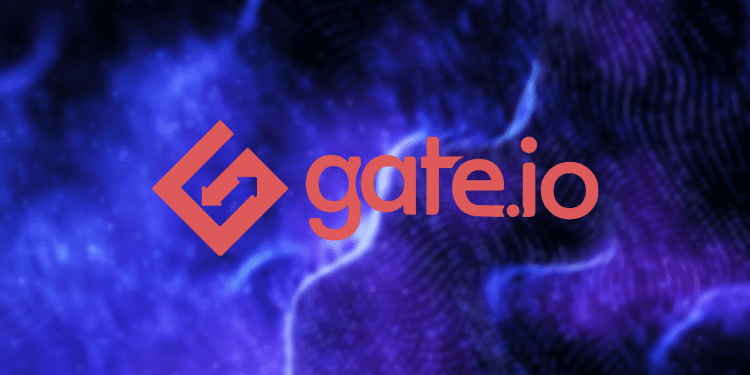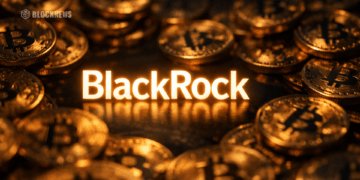The collapse of the FTX crypto exchange over the past few days has again highlighted the importance of making public proof-of-reserves (PoR) audit results.
Proof-of-reserve audits are “independent audits by third parties that aim to provide transparency and evidence that a custodian or company holds the assets that it claims to own on behalf of its clients.”
Proof of Reserves (PoR) shows that reserves back the balances of crypto assets that users hold on the exchanges.
With the news of FTX’s use of customer-deposited funds for other “sort of things” without providing full transparency to clients and the abrupt manner in which users began pulling out their funds once they found out, other exchanges have taken to declare their PoR publicly.
One of them being Gate.io.
However, unlike other exchanges rushing to share proof-of-reserves and secure users’ confidence, Gate.io’s actions have brought to specific light facts that aroused the suspicion of analysts on crypto Twitter.
320000 ETH From Crypto.com to Gate.io
According to a news report by fxtstreet, days after Crypto.com shared its storage information with the public, investigators discovered that 32,000 ETH was sent to Gate.io on the 21st of October.
It didn’t help that Gate.io completed its proof-of-reserve (PoR) shortly after, on the 28th of October. Gate.io also released its proof of reserves snapshot on the same day, which, Solidity developer Shegen alleged, was done using Crypto.com’s funds, with the question–
“This was topping up for the proof. Gate and crypto.com are fucked?”
When questioned by concerned parties on Crypto Twitter, Kris Marszalek, the CEO of Crypto.com, dismissed any wrongdoing by stating that the funds were transferred accidentally and were eventually returned to the original storage.
“It was supposed to be a move to a new cold storage address but was sent to a whitelisted external exchange address. We worked with the Gate team, and the funds were returned to our cold storage. New processes and features were implemented to prevent this from reoccurring,” he tweeted.
However, the crypto community wanted more from his answer. They were further digging and revealed that Gate.io had only sent back 285k ETH instead of the 300k ETH that was accidentally sent to their exchange address.
Marszalek did not give any more replies on the matter.
On his end, Gate.io’s founder was vocal in explaining their side of the story. He argued, through a series of tweets, that the snapshot was taken on the 19th of October before the accidental transfer.
Han said that Gate.io worked with Armanino on the proof-of-reserves two days before the 320ETH came in from Crypto.com, adding relevant proof for the benefit of the community and users.
Accidental Transfers and Proof-of-Reserves
With Gate.io starting the chain of suspicious “accidental transfers,” others have come to light, wearing the same look of PoR manipulation.
Huobi, a crypto trading exchange, has been suspected of attempting a similar move.
Colin Wu, a blockchain reporter, gave proof, showing that 10,000 ETH had been transferred from a wallet address linked to Huobi to Binance and OKX deposit wallets soon after releasing its asset snapshot.
Huobi, which had 14,858 ETH at the time of the snapshot, had only 4,044 ETH left when Wu published a screenshot of transactions on Etherscan.
Huobi responded that a large institutional user withdrew 10,000 ETH after the asset snapshot, and the current deposit and withdrawal were operating normally.
Furthermore, Huobi Global’s project account manager spoke with Firefox Capital Inc, adding that the funds belonged to users, explaining that it was normal for users to withdraw (large sums) on other exchanges.
“Our addresses are all public, and one month ago (before the FTX incident), we performed a Merkle tree.
In the following month, we will do another one,” they said.
“Exchanges should mandatorily declare proof-of-reserves,’ says expert
Following the unraveling of FTX actions, the need for trust between customers and exchanges has become more imperative.
Proof-of-reserves allows users to monitor the balances of exchanges. It is the simplest way to ensure long-term relationships when users know their funds are safe.
“It can be the first step towards ensuring transparency and the risk exposure of exchanges. Customers, investors, and traders can make informed decisions about the platforms they use when exchanges start publishing their assets and liabilities,” Vikram Subburaj, CEO of Giottus Cryptocurrency Exchange, explained.














